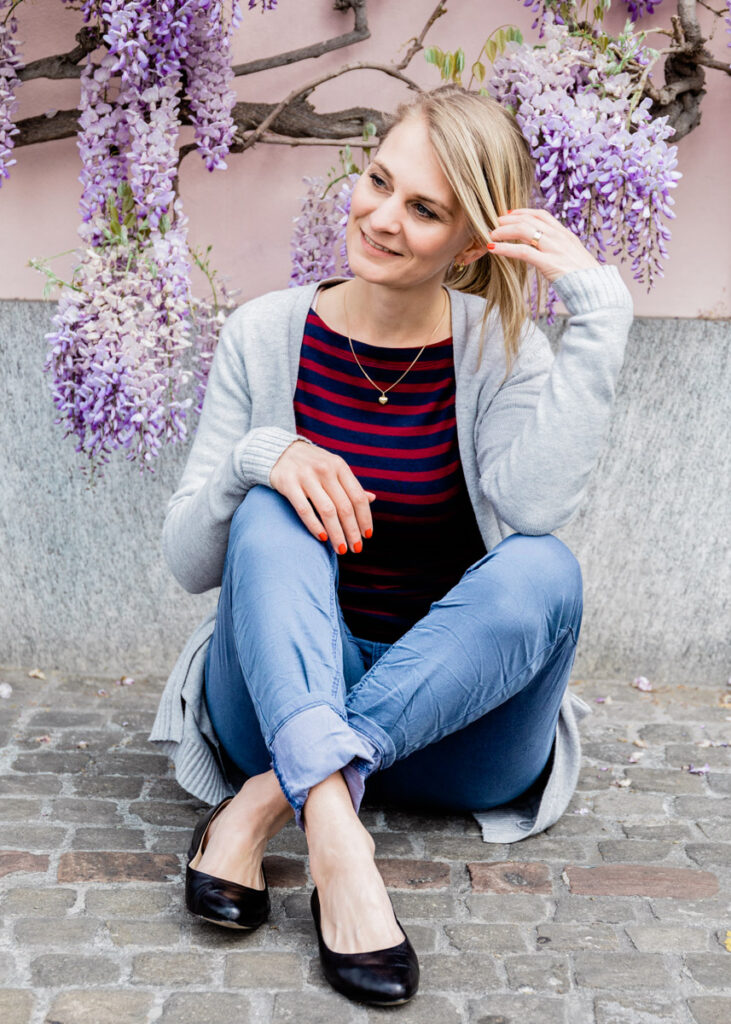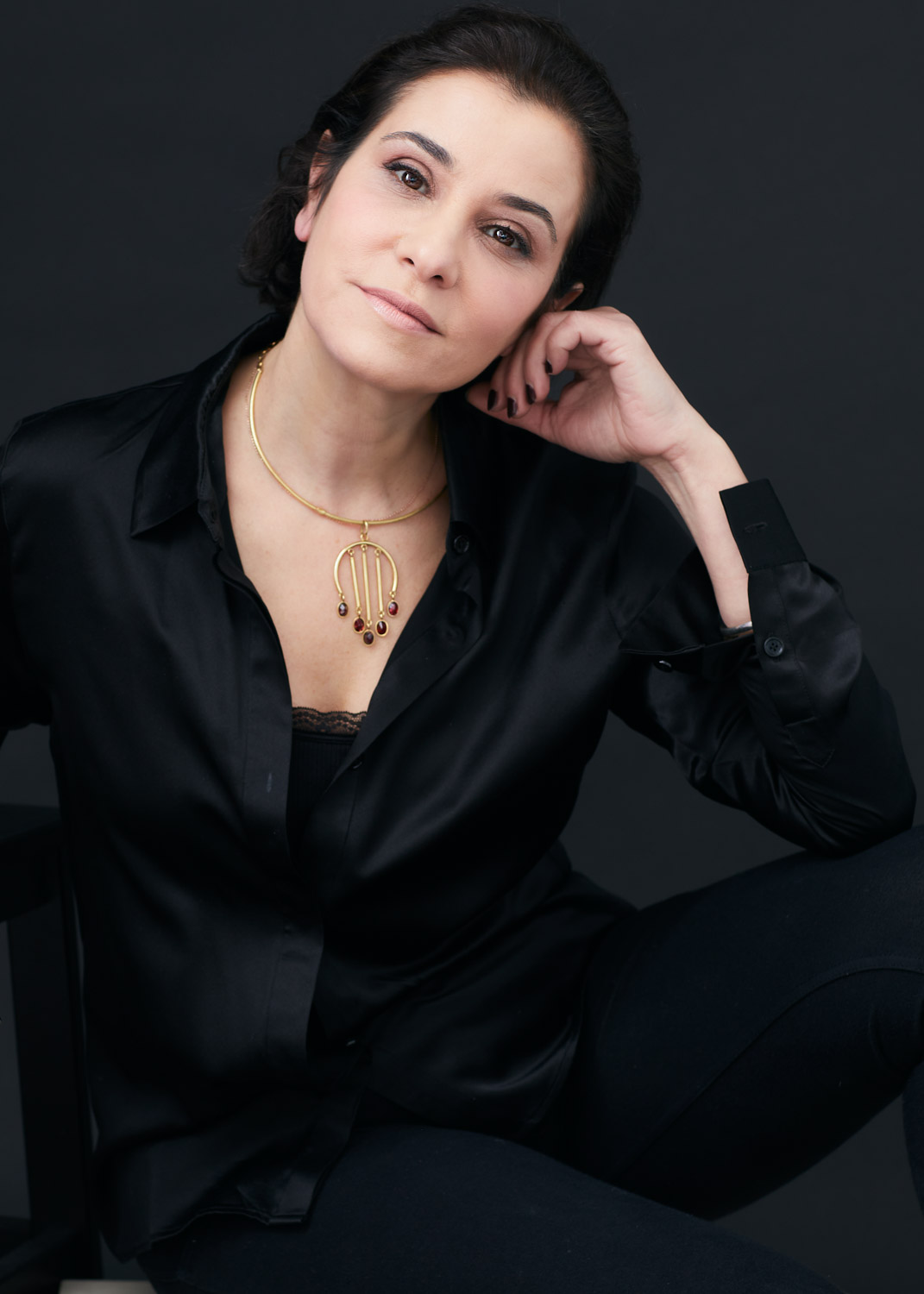Travel
Personal
Artstic Influence
Branding
Portrait
CATEGORIES
Search
Here you will find tips about how to look great on camera, get your mojo back, featured portrait sessions, photoshoot. Stories about my journey as a photographer and visual artist
HELLO I'm Rachel. welcome to the blog!
Rachel's blog
welcome to
from photographer to creative director of the photography services
In this post, I’m sharing how I evolved from photographer to creative director of the photography services. For years, I dabbled with a camera without knowing what I was doing. When I got my first camera, digital was not around; it was all film. I learned the f/16 rule, but that was about it. I didn’t understand the technical side of photography. It was a way to express myself rather than to be technical about it.
That was always the downside of photography. Considering it as a technical tool rather than an art form. For many people, photography is purely technical and is a means for a geek to demonstrate their know-it-all. That’s why photography was the domain of men for such a long time
me. This all changed with the arrival of digital photography. Digital photography was a revolution. But it made photography more of a means to document rather than an artistic expression. And now the AI revolution makes photography as a way to document redundant. As I explained in a previous post, photography has a downside. Too many people view it as merely a tool for documentation. They think, “I press a button and create a memory.” They don’t see it as a means to express oneself and convey a message. And I’m not blaming anyone because this is how I approached photography when I started as well. My style evolved when I took the time to think about my practice. What was photography for me? Returning to university for an MA in fine art photography opened up a new way of thinking about photography. There’s no need to feel snobbish when discussing photography as art. I agree that some of the contemporary photography I don’t get at all. But, I love Erwin Olaf’s portrait work.
How did my style evolve?
The key to evolving my photography style was learning about artificial lighting. Understanding light opened up a whole new world for me. For years, I would call myself a natural light photographer; you know why? Because I was too scared to handle studio lighting. I may have tried once or twice, and the results were disappointing because I didn’t know how to control the shadows falling on a face. You can make someone look pretty grim if there’s too much shadow on a face, even if your model is 18 years old!
How did I learn about lighting?
I took hundreds of courses to learn about light, but nothing beats practice. I get that you can’t ask a model to stand in front of your light for hours, so why not start with a mannequin? That way, you can move around the face. See the different options depending on where you are placing the light. I’m sharing how I learned about lighting for portraits.
Start simple
- Use only one light. Use a large diffuser. (A diffuser is something that softens your light source to make it less harsh and create a wider light source.)Start by placing the light at a 90-degree angle of your subject and moving around the face. Take a photo of each position.
- Play with the strength of the light. Now that you have found the best position for your light, play with the strength of the light. Reduce the power and take a photo for each setting.
- Play with your shutter speed. It depends on whether you want some natural light in your photos. This will only work if your studio is not pitch black. The slower the shutter speed, the more natural light you’ll allow into the image. If you’re shooting people, be careful not to go too low or your portrait will be out of focus. This can be a great tool to use if you want your images to look as if you shot them in natural light.
- Move the light further away or closer. That’s another option. You can play with the light’s position relative to your subject.
Write down all your settings. Test with each new location. Every element is variable. That is why if a course about lighting can be great. You will soon realise that it will be challenging to use the same settings you learned in the course because every parameter has changed. The location, the light you’re using, the power settings, the distance to the model, the height of the light, and the shutter speed, among other factors.
My rule of lighting is to keep it simple; don’t experiment on a client. Like everything, practise, practise, practise.
Plan your photoshoot.
My style also evolved because I planned my shoots. I didn’t leave it to chance. I planned for the outcome I wanted for the images. For a long time, I used to meet a model and give her complete control over her wardrobe and makeup choices. I was shooting TFP at the time. All I wanted was to fill up my portfolio. The intended purpose of your photoshoot will change everything. Don’t waste your model’s or your time.
- What would you like to get from this photo?
- What is the intention?
This will make you more intentional and develop your style. Before each photoshoot, plan the desired outcome. Paid or unpaid. I know you might not have the luxury to create what you want for a paid shoot. The more you develop your style, the more clients will choose you. They’ll trust your creative process because of your unique approach. This is, I guess, what every photographer should aim for.
An example of how my style has evolved from one point to another.


Can you spot the difference? I’m not saying the first portrait isn’t valid, but it’s more candid, similar to many portraits out there. Can you agree that the second image is much more intentional? I have created it with a story behind it. Creating an image like the second one is more satisfying. I had to research and think about its message because this image is part of a wider project.
I hope this post will inspire you to experiment with your photography style. Don’t be afraid to push the boundaries of your photography practice. Let me know what you think in the comments.

Get in touch to learn more about a photoshoot with me
comments +